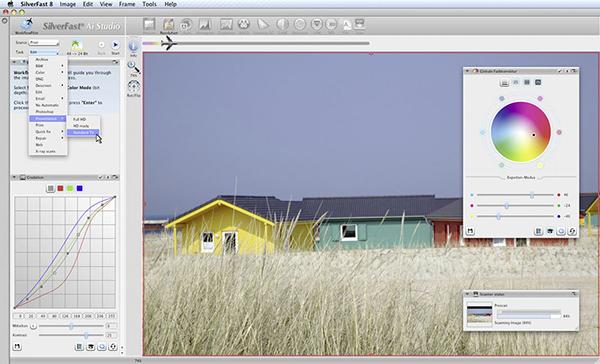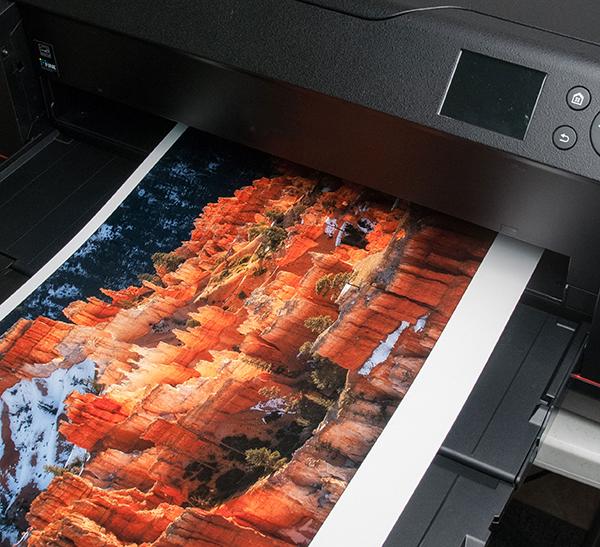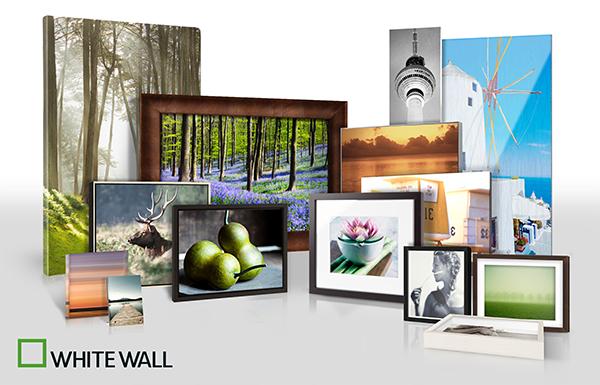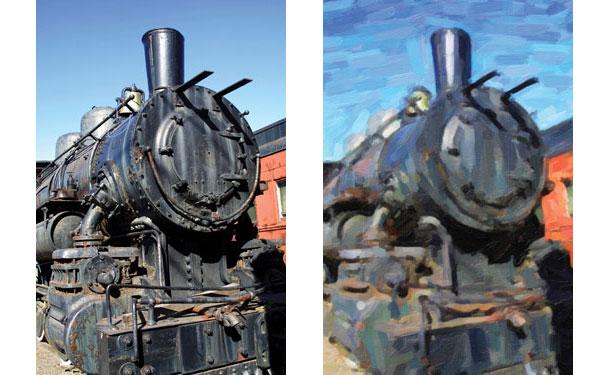George Schaub
Compact Camera NewsCompact Camera ReviewsDrone NewsDrone ReviewsDSLR NewsDSLR ReviewsLens NewsLens ReviewsLighting NewsLighting ReviewsMedium Format Camera NewsMedium Format Camera ReviewsMirrorless Camera NewsMirrorless Camera ReviewsNewsPhoto Accessory NewsPhoto Accessory ReviewsPhoto Paper NewsPhoto Paper ReviewsPrinter NewsPrinter ReviewsSoftware NewsSoftware ReviewsVideo Camera NewsVideo Camera Reviews











